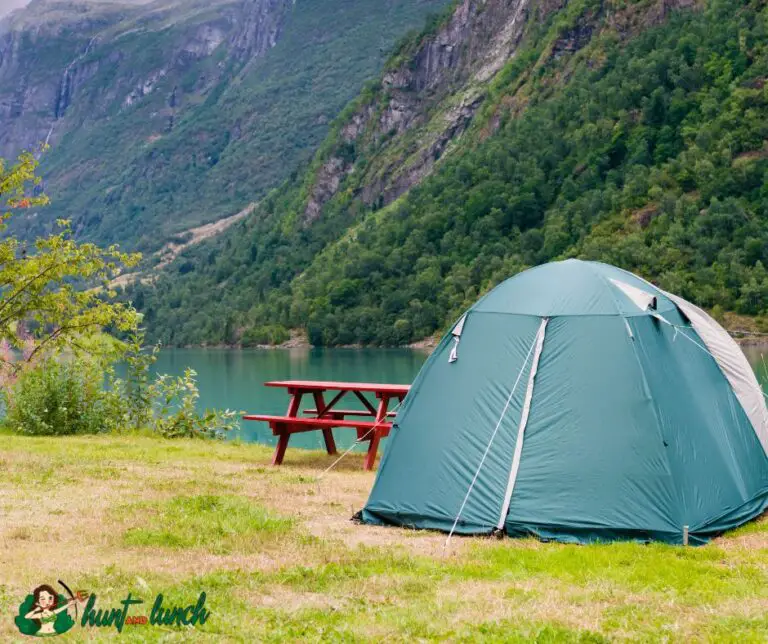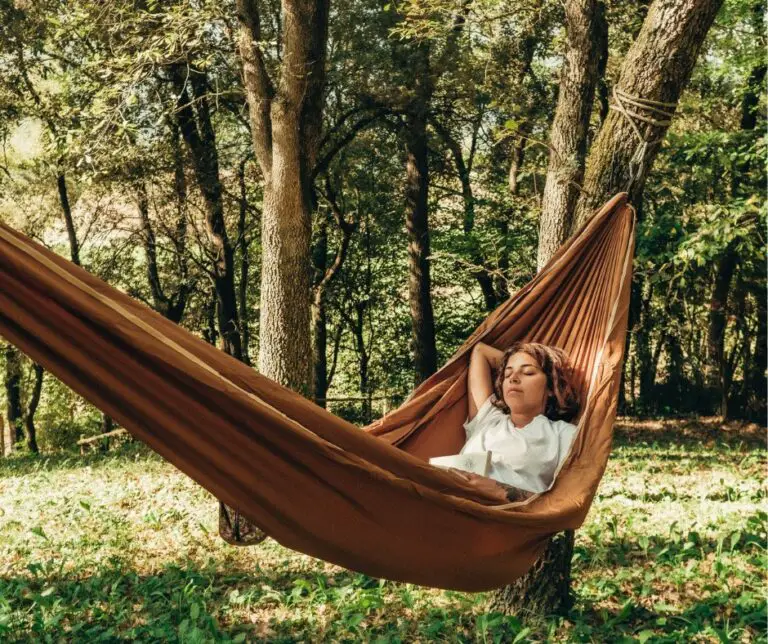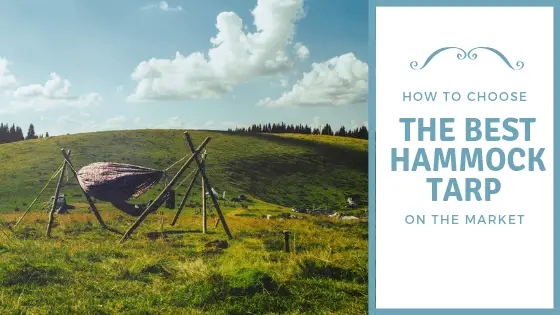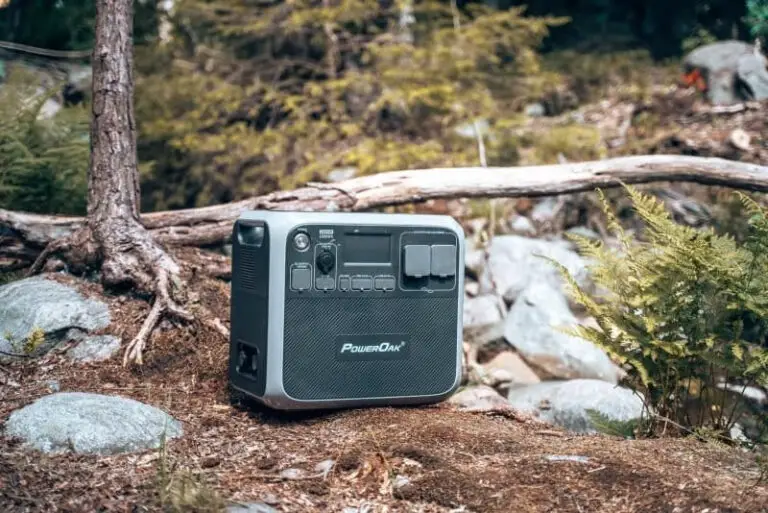
As an environmentalist, I have come across many situations where people burn green wood, causing harm to themselves and the environment. Green wood is freshly cut wood that still contains a lot of moisture, making it difficult to burn and produce smoke and harmful chemicals. However, with the right technique, you can still burn green wood without causing damage. In this article, I will provide a step-by-step guide on how to burn green wood safely and effectively.

Step 1: Prepare the Green Wood
The first step in burning green wood is to prepare it properly. Start by cutting the wood into small pieces and removing any large branches or knots. This will help the wood dry out faster and burn more efficiently. It is also important to split the wood into smaller pieces to allow air to circulate and speed up the drying process.
Step 2: Store the Wood
Once the wood has been prepared, it is important to store it properly to dry it out. The ideal place to store green wood is in a dry, well-ventilated area with plenty of sunlight. It is also important to stack the wood properly, with the ends facing out to allow air to circulate. Leave the wood to dry for at least six months before attempting to burn it.
Step 3: Build the Fire
When you are ready to burn the green wood, start by building a small fire using dry kindling and paper. Once the fire is burning well, add the green wood slowly, starting with the smaller pieces. It is important not to overload the fire with too much wood at once, as this will smother the fire and prevent it from burning efficiently.
Step 4: Manage the Fire
Once the green wood has been added to the fire, it is important to manage the fire properly. This means keeping the fire small and under control, and adding wood slowly as the fire burns down. It is also important to keep an eye on the fire at all times, making sure it is not spreading and is burning safely.
Step 5: Let the Fire Burn Out
When you are finished burning the green wood, let the fire burn out naturally. Do not attempt to extinguish the fire with water, as this can cause the wood to steam and release harmful chemicals into the air. Instead, let the fire burn down naturally and then use a shovel to spread out the ashes and cool them down.
How Can I Burn Freshly Cut Branches or Greenwood?
Burning freshly cut branches or greenwood can be a bit challenging because of the high moisture content in the wood. However, with the right technique, you can burn fresh wood effectively and safely. Here are some steps to follow:
- Prepare the wood: Start by cutting the wood into small pieces, removing any large branches or knots. This will help the wood dry out faster and burn more efficiently. It is also important to split the wood into smaller pieces to allow air to circulate and speed up the drying process.
- Dry the wood: The next step is to dry the wood as much as possible. Ideally, you should allow the wood to dry for at least six months before burning it. However, if you need to burn the wood sooner, you can try stacking it in a dry, well-ventilated area with plenty of sunlight. Cover the top of the stack with a tarp to protect it from rain but leave the sides open to allow air to circulate.
- Build the fire: When you are ready to burn the wood, start by building a small fire using dry kindling and paper. Once the fire is burning well, add the fresh wood slowly, starting with the smaller pieces. It is important not to overload the fire with too much wood at once, as this will smother the fire and prevent it from burning efficiently.
- Manage the fire: Once the fresh wood has been added to the fire, it is important to manage the fire properly. This means keeping the fire small and under control, and adding wood slowly as the fire burns down. It is also important to keep an eye on the fire at all times, making sure it is not spreading and is burning safely.
- Let the fire burn out: When you are finished burning the fresh wood, let the fire burn out naturally. Do not attempt to extinguish the fire with water, as this can cause the wood to steam and release harmful chemicals into the air. Instead, let the fire burn down naturally and then use a shovel to spread out the ashes and cool them down.
Overall, burning fresh wood requires patience and careful attention to detail. By following these steps, you can burn freshly cut branches or greenwood safely and effectively.
What Is The Best Wood To Burn Green? 5 best Woods
When it comes to burning green wood, not all types of wood are created equal. Some woods are better suited for burning green than others. Here are some of the best types of wood to burn green:
- Ash: Ash wood is one of the best woods to burn green as it has a low moisture content and burns well even when freshly cut.
- Oak: Oak wood is also a good choice for burning green. It has a high density, which means it burns slowly and produces a lot of heat.
- Maple: Maple wood is another good option for burning green. It has a low moisture content and burns hot and long.
- Beech: Beech wood is a popular choice for burning green because it burns well even when wet and produces a lot of heat.
- Birch: Birch wood is a good option for burning green because it has a low moisture content and burns hot and bright.
It’s important to note that regardless of the type of wood you choose, it’s still essential to properly dry and prepare the wood before burning it. Freshly cut wood can contain up to 50% water, which makes it difficult to burn efficiently and can create a lot of smoke. Drying the wood for at least six months before burning it will help to reduce its moisture content and make it easier to burn.
What Types of Wood Should I Avoid Burning? 5 worst ones
There are several types of wood that you should avoid burning, either because they produce too much smoke or because they contain toxins that can be harmful when burned. Here are some examples:
- Softwoods with high resin content: Softwoods such as pine, fir, and spruce contain high levels of resin, which can lead to excessive creosote buildup in chimneys and stoves. This can be a fire hazard and can also reduce the efficiency of wood-burning appliances.
- Treated wood: Treated wood, such as wood that has been pressure-treated or painted, contains toxins that can be harmful when burned. These toxins can be released into the air and can pose a health hazard to those in the vicinity.
- Poisonous wood: Some types of wood, such as poison oak, poison ivy, and poison sumac, can be toxic when burned. The smoke and ash from these plants can cause skin irritation, respiratory problems, and other health issues.
- Green wood: As mentioned earlier, burning green wood can be inefficient and produce excessive smoke. It can also contribute to air pollution and create more creosote buildup in chimneys and stoves.
- Wood with a high moisture content: Wood with a high moisture content, such as freshly cut or unseasoned wood, can also produce excessive smoke and contribute to creosote buildup in chimneys and stoves.
Can You Burn Green Wood In A Fire Pit?
Yes, you can burn green wood in a fire pit, but there are some important considerations to remember. Burning green wood in a fire pit can be challenging because of the high moisture content of the wood, which can cause it to smoke excessively and burn inefficiently.
Here are some tips to help you burn green wood safely and effectively in a fire pit:
- Use a well-ventilated fire pit: It’s important to use a fire pit that is well-ventilated, with plenty of airflow, to help the fire burn efficiently and reduce the amount of smoke produced.
- Use small pieces of wood: Burning small pieces of green wood can help it burn more efficiently and reduce the amount of smoke produced. Cut the wood into small pieces and allow it to dry out for a few days before burning it.
- Start with dry kindling: Start the fire with dry kindling and add the green wood slowly as the fire gets going. This will help the wood dry out and burn more efficiently.
- Don’t overload the fire: It’s important not to overload the fire with too much green wood at once. This can smother the fire and prevent it from burning efficiently. Add the wood slowly and in small amounts.
- Keep an eye on the fire: It’s important to keep an eye on the fire at all times, making sure it is not spreading and is burning safely. Avoid leaving the fire unattended and keep a fire extinguisher or water source nearby just in case.
Burning Green Wood In Outdoor Boiler
Burning green wood in an outdoor boiler is a popular way to heat homes, workshops, and other buildings. Outdoor boilers are designed to burn wood, including green wood, more efficiently than indoor wood stoves and fireplaces. However, burning green wood in an outdoor boiler does require some extra care and attention.
Here are some tips for burning green wood in an outdoor boiler:
- Use a high-efficiency outdoor boiler: A high-efficiency outdoor boiler is designed to burn wood more efficiently, including green wood. Look for a boiler that has a large firebox and a secondary combustion chamber to ensure that the wood burns completely.
- Cut the wood into small pieces: Cut the green wood into small pieces to help it dry out faster and burn more efficiently. Ideally, the wood should be cut into pieces that are 3-4 inches in diameter.
- Dry the wood as much as possible: Green wood can contain up to 50% moisture, which makes it difficult to burn efficiently. It’s important to dry the wood as much as possible before burning it. Stack the wood in a dry, well-ventilated area for at least six months to allow it to dry out completely.
- Don’t overload the boiler: It’s important not to overload the boiler with too much green wood at once. This can cause the wood to smother the fire and prevent it from burning efficiently. Add the wood slowly and in small amounts.
- Monitor the boiler regularly: It’s important to monitor the boiler regularly to ensure that it is burning efficiently and safely. Check the firebox and secondary combustion chamber regularly to make sure the wood is burning completely.
- Clean the boiler regularly: Burning green wood can produce more ash and creosote than dry wood, which can build up in the boiler and reduce its efficiency. Clean the boiler regularly to remove ash and creosote buildup.
FAQ Related to Wood Burning
Here are some frequently asked questions related to wood burning:
- Is it ok to burn green wood? Burning green wood is not ideal as it contains a high moisture content, which can result in excessive smoke and poor combustion. It’s best to let the wood dry out for at least 6-12 months before burning it.
- How long before you can burn green wood? It’s recommended to let green wood dry out for at least 6-12 months before burning it. The time required for the wood to dry out depends on several factors, including the type of wood, the climate, and the storage conditions.
- How do you fire green wood? To fire green wood, it’s important to start with dry kindling and add small amounts of green wood gradually as the fire builds. Make sure to keep an eye on the fire and avoid overloading it with too much green wood at once.
- Can I burn the tree that was cut down yesterday? It’s not recommended to burn a tree that was cut down yesterday, as the wood will be too green and contain too much moisture. It’s best to let the wood dry out for at least 6-12 months before burning it.
- How to tell if wood is too green to burn? One way to tell if wood is too green to burn is by checking the moisture content. Use a moisture meter to measure the moisture content of the wood. If the moisture content is above 20%, the wood is too green to burn.
- What happens when you burn green wood? When you burn green wood, it produces excessive smoke and poor combustion due to the high moisture content. The heat produced by the fire is used to evaporate the moisture in the wood, which can cause the fire to burn inefficiently and produce more smoke.
Seasoned vs. Unseasoned Firewood
Seasoned and unseasoned firewood differ in their moisture content, burning efficiency, and storage requirements. Here are some key differences between the two types of firewood:
- Moisture content: Seasoned firewood has been allowed to dry out naturally, typically for a period of 6-12 months, to reduce its moisture content to 20% or less. In contrast, unseasoned firewood, also known as green wood, has a higher moisture content and has not been allowed to dry out properly.
- Burning efficiency: Seasoned firewood burns more efficiently than unseasoned firewood, as the dry wood ignites more quickly, produces less smoke, and generates more heat. Unseasoned firewood can produce excessive smoke, which can contribute to air pollution and can cause creosote buildup in chimneys and stoves.
- Storage requirements: Unseasoned firewood needs to be stored properly and allowed to dry out for a period of 6-12 months before it can be burned efficiently. Seasoned firewood, on the other hand, can be stored indoors or outdoors, as long as it is protected from moisture.
- Cost: Unseasoned firewood is often cheaper than seasoned firewood, as it requires less time and effort to prepare. However, because of its lower burning efficiency, it may end up costing more in the long run.
In summary, seasoned firewood is the better choice for burning in stoves, fireplaces, and other wood-burning appliances. It produces less smoke, generates more heat, and requires less maintenance. Unseasoned firewood is cheaper, but it requires more time and effort to prepare and may not burn efficiently.
Summary
In summary, burning green wood in an outdoor boiler can be a cost-effective and efficient way to heat buildings. However, it requires proper preparation and care to ensure that the wood burns safely and efficiently. By following these tips, you can burn green wood in an outdoor boiler and enjoy a warm and comfortable space.
Sources:
- “Burning Wet Wood: A Bad Idea” by Chimney Safety Institute of America: https://www.csia.org/burning-wet-wood-a-bad-idea
- Coal and wet wood burning: how will restrictions work? https://www.theguardian.com/environment/2020/feb/21/coal-wet-wood-how-uk-restrictions-work






